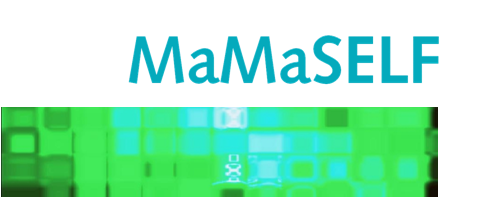Description
In the past decades, organic photovoltaics (OPVs) have attracted considerable attention owing to their remarkable characteristics, such as light weight, flexibility, easy processability, potential low-cost fabrication and high throughput. Fabrication techniques include spin-coating, doctor-blading, spray casting and roll-to-roll printing. Among these, the scalability of printing processes makes them attractive for industrial fabrication methods. Solution processed bulk heterojunction (BHJ) solar cells have been the most widely used method to build OPVs. In this type of solar cell, donor and acceptor are mixed and deposited together in one step to build up the active layer, which make them good candidates for printing techniques. In an ideal BHJ solar cell, the intermixing of donor and acceptor is a comb-like structure offering a high interfacial area. This is desired as the exciton diffusion length is about 10 nm. Hence, a donor-acceptor interface must be reached to separate the exciton before it recombines and so extract the charges, generating external current. Nevertheless, the morphology of the active layer is far from ideal and the efficiency lower than the theoretically possible, due to enlarged diffusion lengths which result in higher recombination rates. Fullerene materials have been so far the main choice of acceptor material combined with polymeric semiconductors as donors. In this work the fullerene-free blend poly(benzodithiophene-benzotriazole) (PBDBT):3,9-bis(2-methylene-(3-(1,1-dicyanomethylene)-indanone)-5,5,11,11-tetrakis(4-hexylphenyl)-dithienol[2,3-d:2’,3’-d]-s-indaceno[1,2-b:5,6-b’]dithiophene (ITIC) is investigated. This mixture has shown outstanding power conversion efficiencies (PCE) in spin-coated devices [1], and hence it is promising a material system for printing coating techniques. The work presented consist in the design and fabrication of a printing setup capable to deposit the active layer for photovoltaic applications following the design introduced by Pröller et al [2]. The design of this printer can simulate the conditions that might be encountered during industrial processing. Thus, the printer is capable to print under various atmospheric conditions and offers the possibility to perform in situ studies on the active layer´s inner morphology using advanced scattering techniques, like grazing incidence small angle X-ray scattering (GISAXS) and grazing incidence wide angle X-ray scattering (GIWAXS). Due to the fact that the final morphology depends on the film deposition´s conditions the parameters have to be studied. For this goal, two different strategies are carried out: evaluate the printing conditions itself (substrate temperature, solution flow rate and coating speed) and study the material properties (such as weight ratio of the polymers and concentration). The differences on the active’s layer thickness and absorption spectra are then used to obtain the optimal parameters for printing this mixture. The information can be correlated with the usually obtained photoelectrical properties, giving full characteristics of the printed solar cells. Hence, understanding the formation process of the active layer and its morphology in comparison to data obtained using lab-scale deposition techniques is of high interest.
References:
[1] Wenchao Zhao et al., Adv. Mater. 28 (2016): 4734-4739
[2] Stephan Pröller et al., Adv. Energy Mater. 6 (2016):1501580

